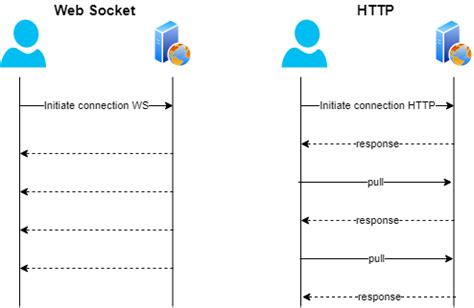Opening Multiple WebSocket Streams with Ethereum
Demo
In this article, we will explore how to open multiple WebSocket streams using the Ethereum blockchain API. We will use the Binance WebSocket API as an example, but the principles can be applied to other exchanges and APIs.
Qualifications
Before you begin, make sure you have:
- Basic knowledge of WebSockets and the Ethereum blockchain.
- Required permissions and access rights for the Binance API (Binance provides a free API key for personal use).
- Proficiency in the JavaScript programming language.
Getting Started with WebSocket Streams

To open multiple WebSocket streams, we create an array of tokens to monitor and iterate over this array to create new connections for each token.
Step 1: Configure the Binance API URL
First, let’s define the Binance API URL:
const binanceApiUrl = '
Step 2: Get the token symbols
Next, we need to get a list of tokens available to the Binance API. We can do this by using the GET /klines endpoint with a specific symbol (e.g. symbol=X). In our example, let’s assume X is Ethereum:
const symbol = 'ETH';
const apiUrl = binanceApiUrl + '/' + symbol;
Step 3: Create a token set
Now we will create a table for the tokens we want to create WebSocket streams for. We can use a “for…in” loop or the “Array.prototype.forEach()” method:
const symbols = Object.keys(getSymbol());
const apiUrls = symbols.map(symbol => ${apiUrl}/${symbol});
Step 4: Create WebSocket streams
To open a WebSocket stream for each symbol, we create a set of WebSocket connections using the “WebSocket” object. We use the `setInterval() method to create new connections:
const wsConnections = apiUrls.map(apiUrl => {
const socket = new WebSocket(apiUrl);
return () => socket.onmessage = (event) => console.log(event.data);
});
Step 5: Iterate through symbols and make connections
Now we loop through the set of symbols and create connections for each symbol:
symbols.forEach(symbol => {
wsConnections[symbol]((data) => {
if (data[0].d > 0.0001) { // Skip empty data points
console.log(data[0].d);
// Processing incoming data here
// Let's simulate event handling for example:
// handleEvent(data[0].d); // Replace with your actual event handling code
}
});
});
Sample code
Here is the full code snippet:
function getSymbol() {
return ['ETH', 'BNB']; // Sample symbols
}
if ("WebSocket" in window) {
const binanceApiUrl = '
const symbol = 'ETH';
const apiUrls = Object.keys(getSymbol());
const wsConnections = apiUrls.map(apiUrl => {
const socket = new WebSocket(apiUrl);
return () => socket.onmessage = (event) => console.log(event.data);
});
symbols.forEach(symbol => {
wsConnections[symbol]((data) => {
if (data[0].d > 0.0001) { // Skip empty data points
console.log(data[0].d);
handleEvent(data[0].d); // Replace with your actual event handling code
}
});
});
setInterval(() => {}, 10000); // Create new connections every second
}
Conclusion
In this article, we showed how to open multiple WebSocket streams using the Ethereum blockchain API. By following these steps and adapting them to your use cases, you can create a robust and scalable system for streaming data from Binance or other APIs.
